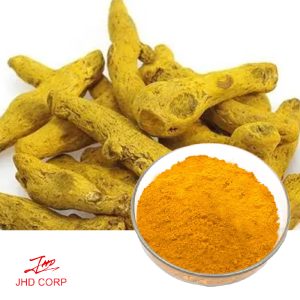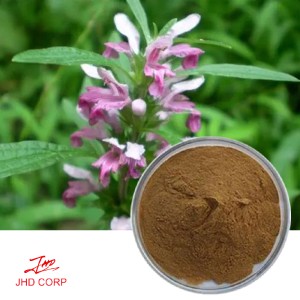Does inosital really work for polycystic female?
Physiological effects of inosital:
Inosital is widely distributed in mammalian tissues and cells, mainly derived from food, absorbed through the intestinal tract, and finally excreted by the kidneys. There are 9 isomers of inosital, the most common of which are Myo-inosital and D-chiro-inosital (D-chiroinosital, DCI), which are crucial to cell growth, survival, and insulin and FSH hormone activities.
Where can inosital CAS No. 87-89-8 be extracted from?
Simply speaking, inosital is to extract factors that help microorganisms grow from animals or plants. They can be extracted from corn, soybeans and other plants for different purposes.

Effects of inosital on female reproductive health:
With the continuous development of ART, in order to improve the quality of gametes and the pregnancy rate of ART, some auxiliary drugs such as folic acid, vitamins, coenzyme Q10, inosital, etc. have been clinically used. Among them, inosital, as an insulin sensitizer and antioxidant, can improve polycystic symptoms and improve egg quality.
Inosital improves pregnancy outcomes in polycystic patients. Studies have shown that oral supplementation of Myo-inosital (2000mg, bid) for 2 to 3 months in infertile polycystic patients can improve their endocrine and metabolic conditions, shorten the time of ovulation induction, promote egg maturation, increase fertilization rate, and improve the quality of eggs and embryos.















